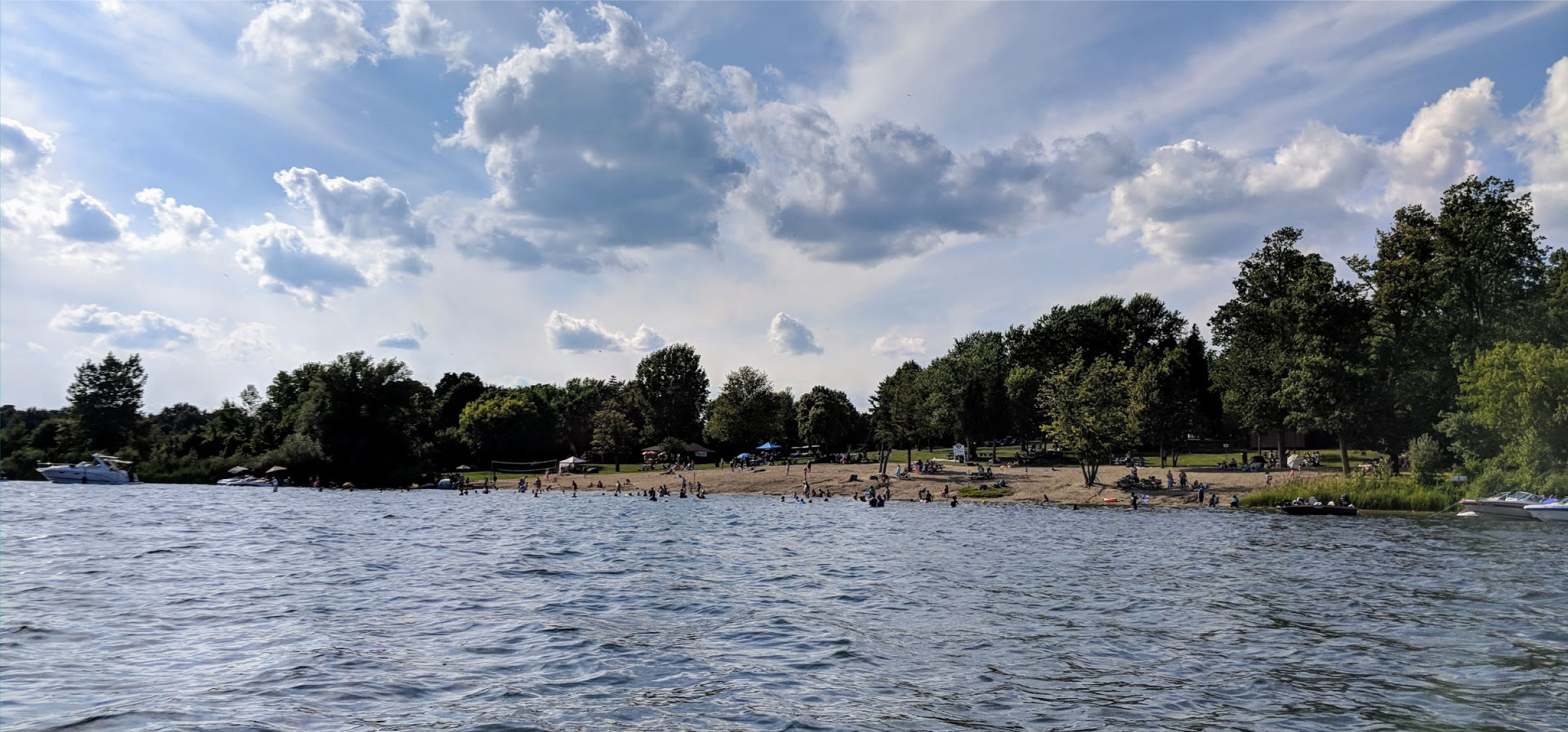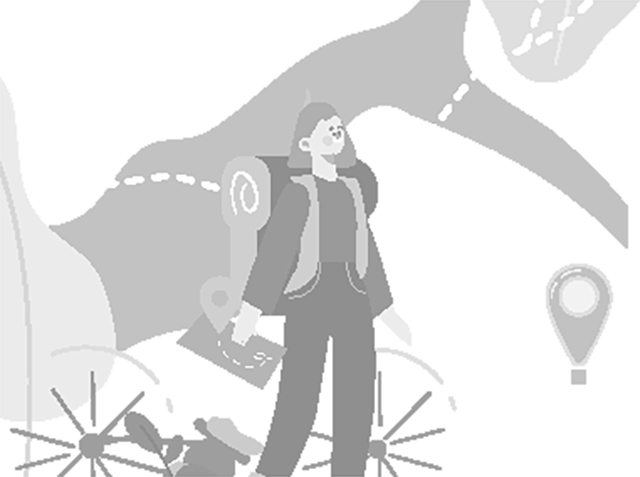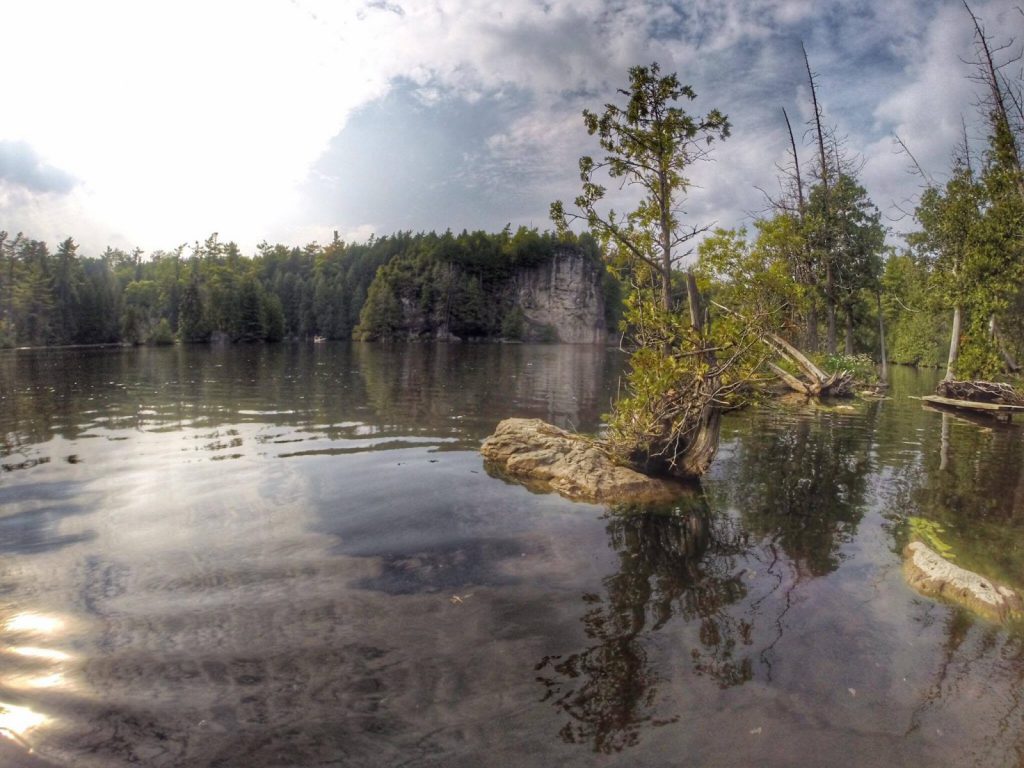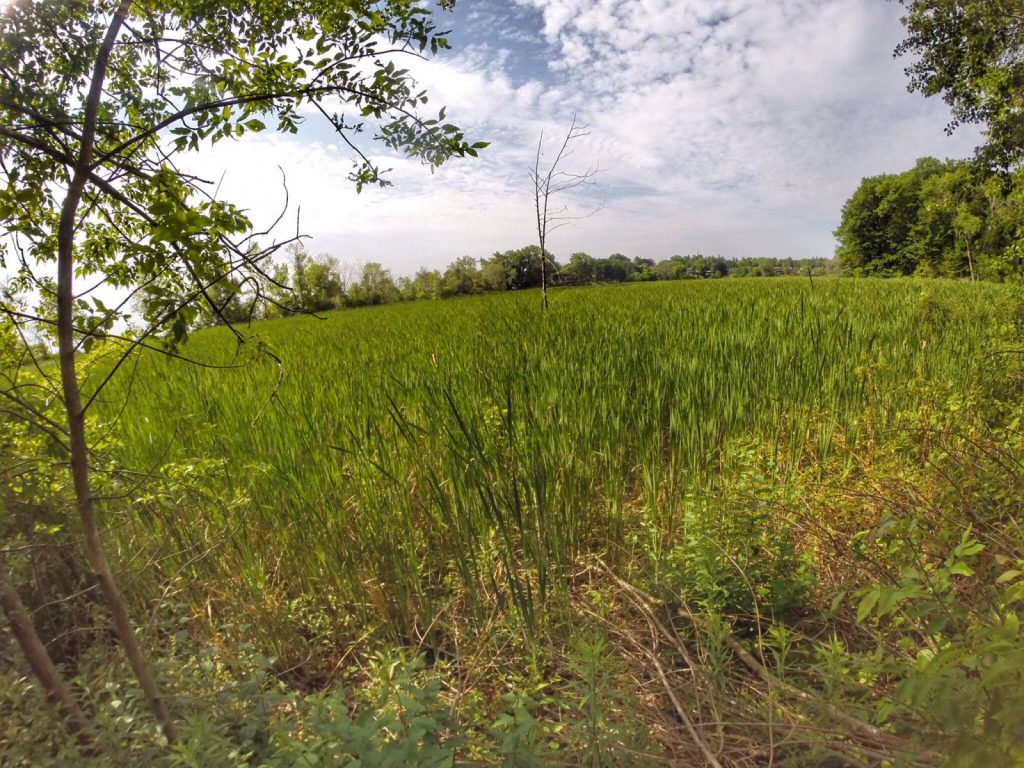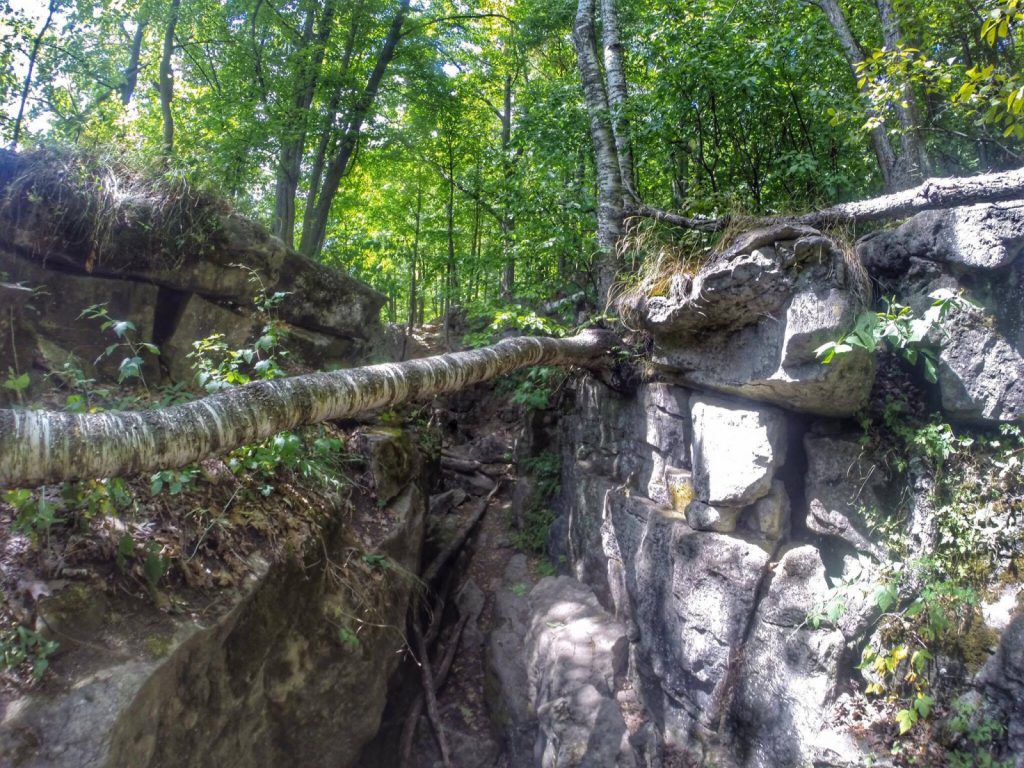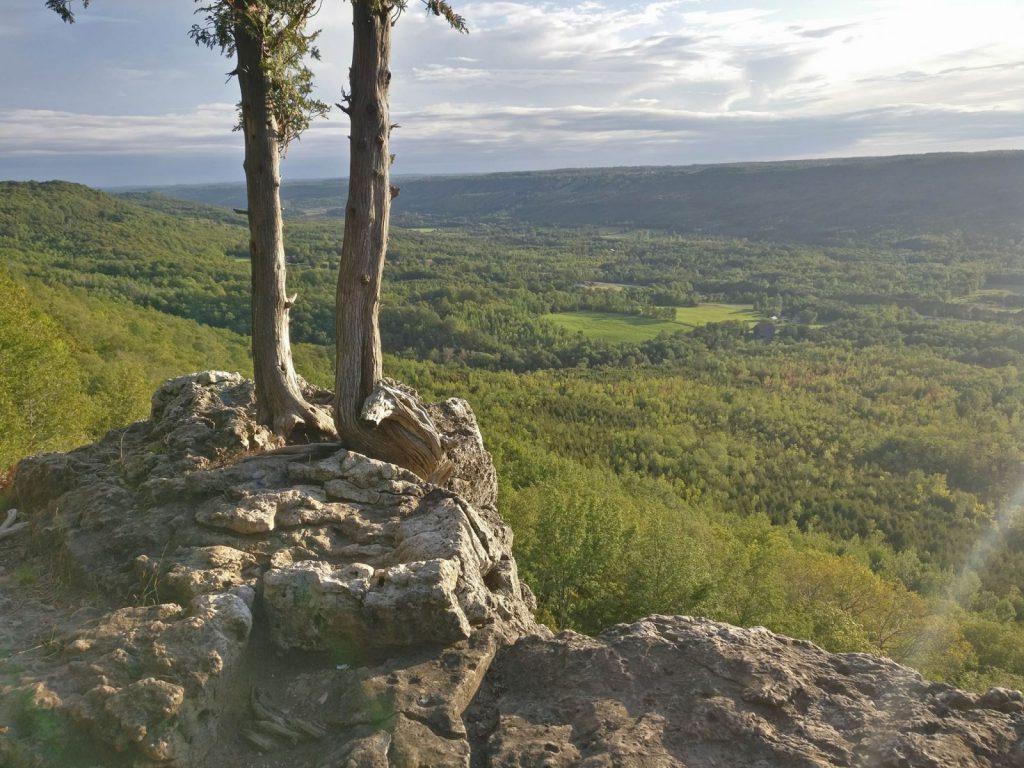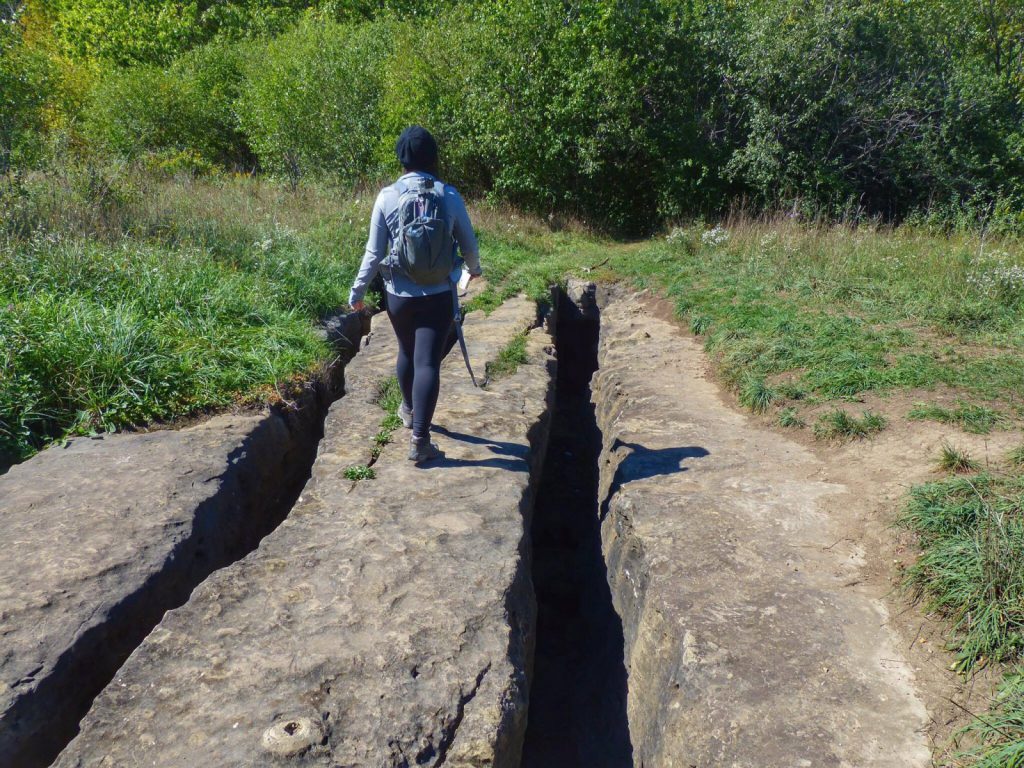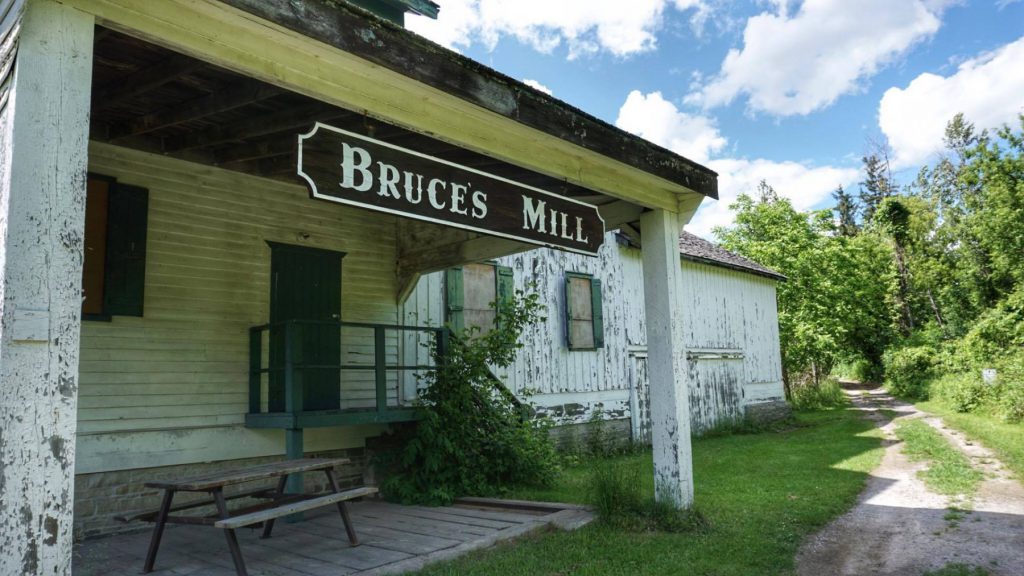Conservation Areas are open year-round or seasonally from early spring to late fall. You can visit seven days a week, however, we encourage you to check the website before your visit for operating hours or service interruptions.
Want to get to your favourite Conservation Area safely and quickly – let Waze or Google Maps be your guide.
Want to visit a Conservation Area, but you don’t drive or have access to a car? Let Park Bus take care of your transportation needs to select Conservation Areas.
Online reservations are required at all Conservation Halton Parks throughout the year. During peak times online reservations are required at select Credit Valley Conservation, Hamilton Conservation Authority, and Grand River Conservation Authority Conservation Areas.
Secure your campsite! Online reservations are required to book campsites at Conservation Areas.
We’re happy to share that admission to many Conservation Areas is FREE! The small cost for entry at some Conservation Areas goes towards maintaining and protecting these natural ecological spaces and the creation of activities, programs, and services.
A Park Pass is not available to access all Conservation Areas that require an admission fee. However, you can purchase an Individual, Family, or Senior annual pass from many Conservation Areas.
The Credit Valley Conservation Parks Pass also gives access to Toronto and Region Conservation Authority parks thanks to their Conservation Parks partnership.
For your safety and the health of the environment, stay on marked trails when visiting Conservation Areas – don’t trample habitat. Access is only permitted on marked trails and trail surfaces provided. Staying on the trail will also reduce your exposure to poisonous plants and ticks and protect our native plants and animals.
Respect the privacy of our Conservation Area neighbours along trails by staying on marked trails and avoiding excessive noise. Off-trail use is not permitted. Do not climb fences or take shortcuts. Obey all posted signage. Give the right of way to smaller and slower users, and cyclists should follow dismounting signage. Stay right when approaching oncoming users.
Visits to Conservation Areas are on a steady increase with more and more people wanting to experience nature, especially since the COVID-19 pandemic. But, sometimes with more people, comes more problems such as litter, invasive species, and trail erosion. Some things to keep in mind when planning your next visit:
- Plan ahead and prepare for the weather
- Travel and camp on marked trails and campsites
- Dispose of waste in garbage bins or if it’s full do us a favour and dispose of it at home
- Leave what you find
- Minimize campfire impacts by buying firewood at Conservation Areas
- Respect wildlife
- Be considerate of other visitors
When barriers are removed, Ontarians with disabilities can participate fully in society. This helps our communities thrive and leaves no one behind. Let’s explore how Conservation Areas are making nature more accessible and inclusive for visitors. Find accessible Conservation Areas on our interactive map by using the filter function.
In 2020, TRCA assessed 80km of trails for accessibility using the High-Efficiency Trail Assessment Process. HETAP is an inventory process that provides objective information about trail conditions (e.g. grade, cross slope, width). The information obtained through an assessment can be used by trail managers to enhance the safety and enjoyment of all trail users. HETAP provides accurate, objective information about trail conditions, monitor environmental impacts on the trail, prepares budgets, develops maintenance and construction plans, and identifies potential access barriers.
Rideau Valley Conservation Authority (RVCA) is rolling out the welcome mat for people of all abilities. The heavy-duty accessible beach mats, at Baxter and Rideau Ferry Conservation Areas, will help people with mobility devices like wheelchairs, walkers and strollers access the Rideau River without worrying about getting stuck in the sand. These mats are part of a suite of accessibility tools and upgrades the RVCA has introduced to make its Conservation Areas more inclusive.
Sunny days ahead on the water! The Upper Thames River Conservation Authority has installed an accessible dock at Wildwood Conservation Area. This dock provides a stable, safe way to enter and exit your kayak or canoe at Wildwood Reservoir. The accessible dock features:
- Guide rails for easy access in and out of the water
- Launch rollers for easy movement of the watercraft
- A floating platform that adjusts to changing water level
Equipment such as kayaks, canoes, and life jackets are available for rent at some Conservation Areas. Please check the list of conservation areas that offer rentals.
The sun’s rays are the strongest between 11 a.m. and 3 p.m.
Seek shade: Relax under a tree at a Conservation Area, take an umbrella to the beach, eat at a covered picnic table. TIP: If your shadow is shorter than you, this means the sun’s rays are at their strongest.
Cover Up: You don’t need to bare all to stay cool! Clothing can protect you from sun exposure – cover up as much skin as you can with clothing that is made of tightly-woven fabric or buy clothing labeled with a UPF (UV protection factor). And, don’t forget your hat!
Wear Sunglasses: Sunglasses make a great addition to any look, but make sure you choose close-fitting ones with UVA and UVB protection in a wraparound style.
Use Sunscreen: Lather up! Apply sunscreen with an SPF of 30 or higher to any uncovered skin. Sunscreen absorbs UV rays and prevents them from penetrating the skin. Wear water-resistant sunscreen or reapply if you’re going in the water.
Get more sun safety tips from the Canadian Cancer Society.

